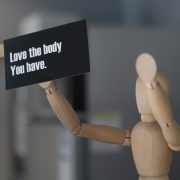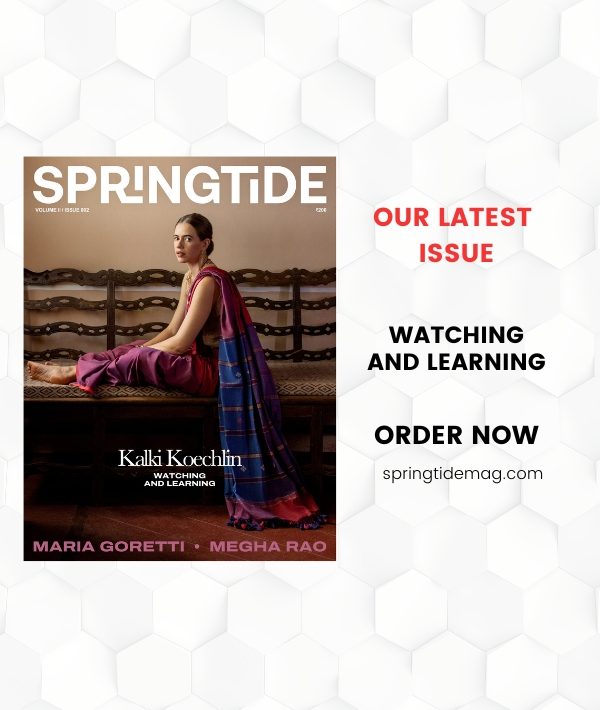On one of those days you’re too tired to cobble up a full, healthy meal, you might find yourself indulging in what social media is calling ‘Girl Dinner’.
‘Girl Dinners’ are the latest trend taking over social media, with over 534 million views across platforms and even fast-food chains hopping on the bandwagon. A ‘Girl Dinner’ is essentially just a snack plate, disguised as a full meal. It resembles a charcuterie board and typically consists of cheeses, crackers, and some chopped fruits and veggies for good measure. It requires no preparation, cooking or plating as demanded by a full meal. According to NYT, the trend began with Olivia Maher, a showrunner’s assistant currently out of work because of the writers’ strike. She shared a video of an assemblage of baguette, butter, cheese, cornichons, and grapes, saying the spread was inspired by medieval peasants with their hunks of bread and cheese and dubbing it “girl dinner.”
Of course, the trend started off as a joke. But as with all things social media, the entire ordeal has spiralled into a slightly serious matter, ticking off red flags for nutritionists on the internet. Of the videos shared under the #girldinner, some examples are a little more extreme than others and have sparked concern that the trend could encourage disordered eating. In fact, some people are using the hashtag to share photos of extremely calorie-deficit meals that heavily lack nutritional benefit – including plain bowls of pasta, plain hamburger buns, buckets of popcorn, and cans of soft drinks.
Eating disorders have already been on the rise since the pandemic. In the last two years, the number of adolescents admitted into hospitals for eating disorders has skyrocketed, with medical experts citing increased time on social media as a contributing factor. Social media platforms also have a long history of pro-eating disorder communities. As early as 2001, Yahoo removed 113 pro-anorexia websites from its servers. After a Huffington Post exposé on “thinspiration” blogs on Tumblr, the platform took action against a cluster of pro-eating disorder blogs.
And decades after the problem first surfaced, social media continues to struggle with the same problem. Over the last few years, YouTube, Instagram, TikTok and more faced criticism for failing to address pro-eating disorder content and search terms on their platforms. Twitter, Discord, Snapchat and more are also breeding grounds for these communities.
Yet social media platforms’ eating disorder problem continues to remain unresolved – and trends like ‘Girl Dinner’ are probably only making it worse.





